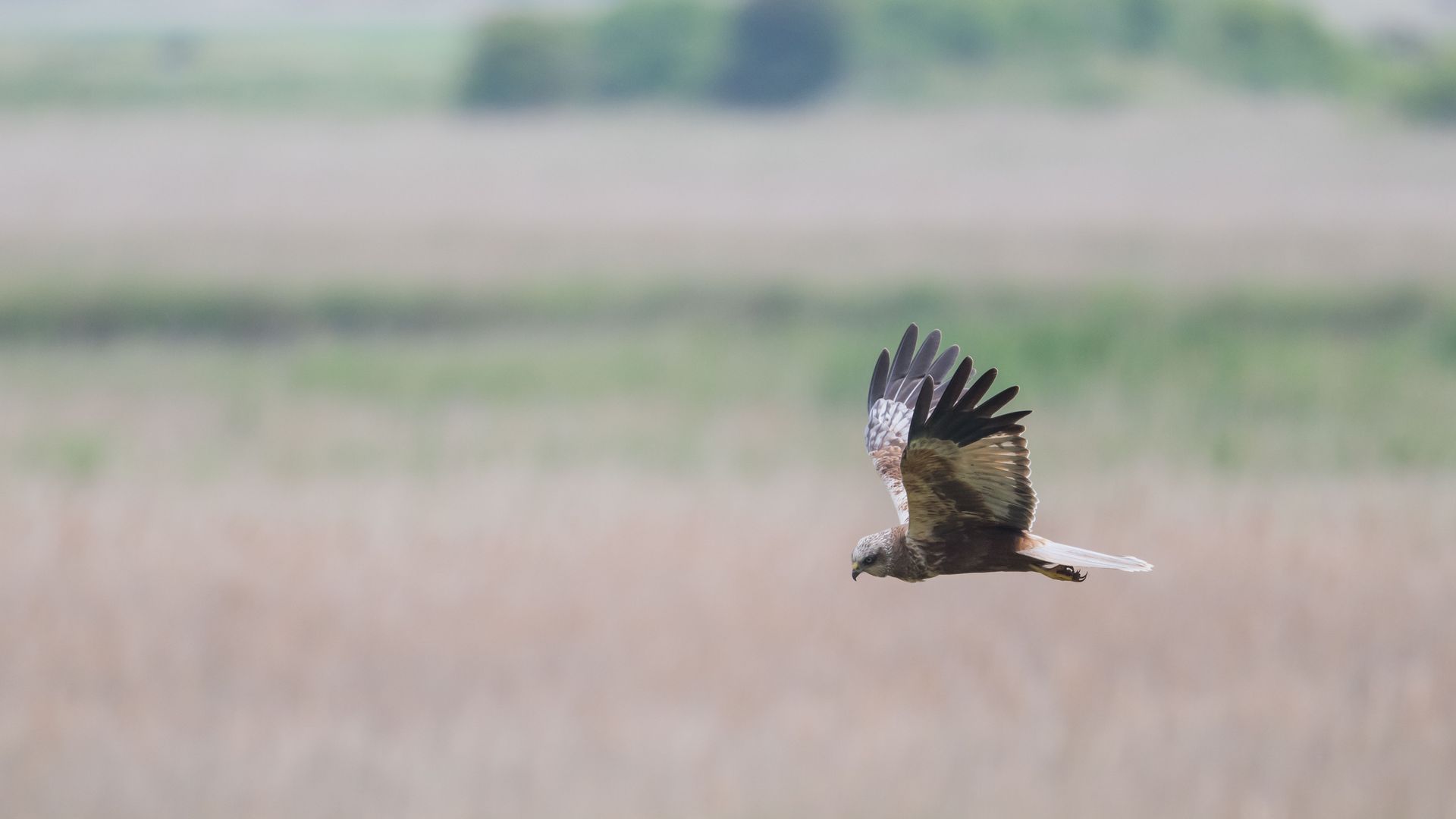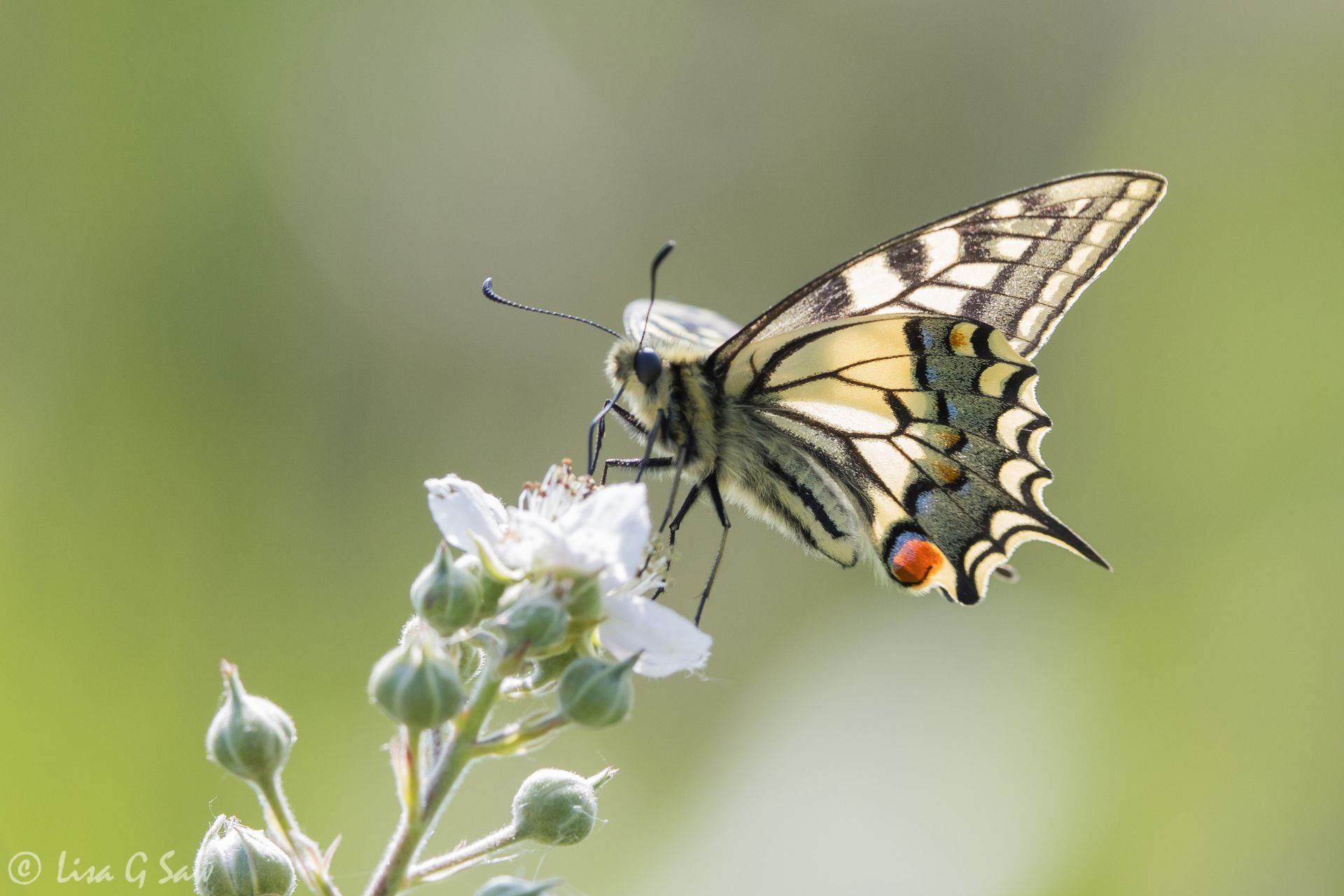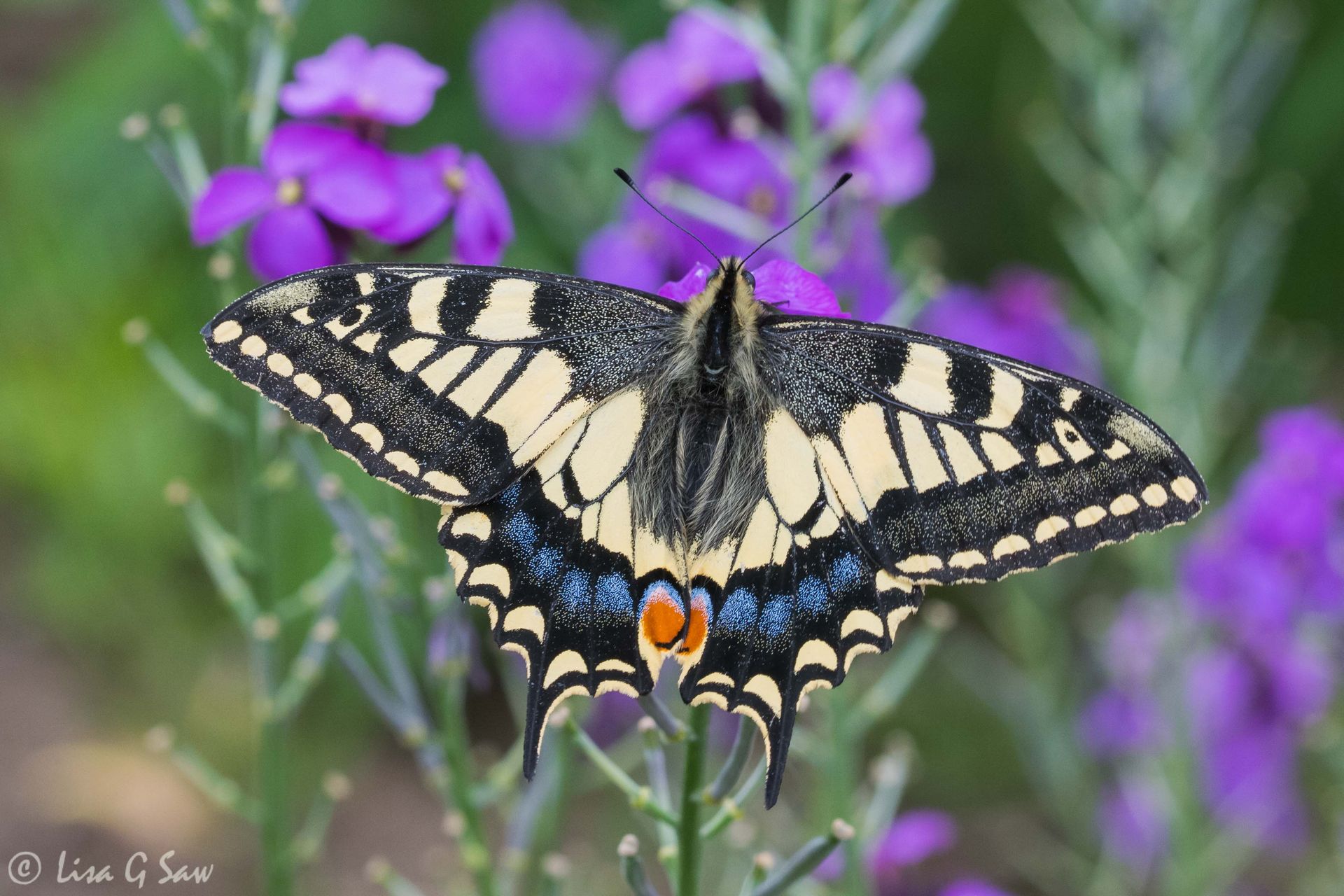Jaguars In The Pantanal
Exploring the largest wetland in the world
Brazil 2018
The Pantanal, in Brazil, is the largest wetland in the world and the best place to see jaguars. That means our group of 12 took to the waters of the Sao Laurenco River on speed boats in search of these amazing big cats - the apex predator in these parts. Three boats were at our disposal for the duration of our stay, deftly operated by our experienced drivers, who know these channels and tributaries like the back of their hand. On one boat was Paul Goldstein, a professional photographer who’s passionate, driven and enthusiastic and also our group leader. On another boat was our local guide Juan – or Juanito as Paul called him, on account of his small stature. His expertise and knowledge of the area was amazing, always imparted to us with a smile and great enthusiasm. We would switch around the boats over the duration of our stay to each get an equal opportunity to benefit from Juan’s knowledge, Paul’s expertise or to escape his criticism and endless jokes.
Each of our drivers, Marcello, Berto and Gonzalo, spoke very little English, but we got by sufficiently with excitable outbursts and plenty of pointing whenever we saw any wildlife we wanted to photograph. When we were ready to move on again a simple ‘okay’ sufficed. The system worked well. I suspect the lack of communication skills was a blessing for Marcello, who was always Paul’s driver (and has been for many years) as he had to put up with Paul’s outbursts and frustrated rants when the boat wasn’t perfectly lined up for the shot he wanted. Many a time I saw Marcello shake his head - perhaps he understands more than he can speak! But always, by the end of the boat ride, Paul would show his appreciation with smiles, a handshake and even a hug on those extra special days.
My favourite wildlife experience of the whole trip was my very first jaguar sighting, because we spotted it first and got to enjoy the moment before anyone else showed up. We hadn’t even been on the river much more than an hour when Marcello spotted a young female in good health walking along the bank. For five minutes, which felt a lot longer, we excitedly watched as she came down to the water for a drink, then waded through it for a while, slowly, very stealth-like, then she began to walk along a sandy bank in the stunning warm morning light. It was just our boat and her. A wild beautiful jaguar. It was magical, peaceful – aside from the cameras clicking away – and the memory of that wonderful moment will stay with me forever.



